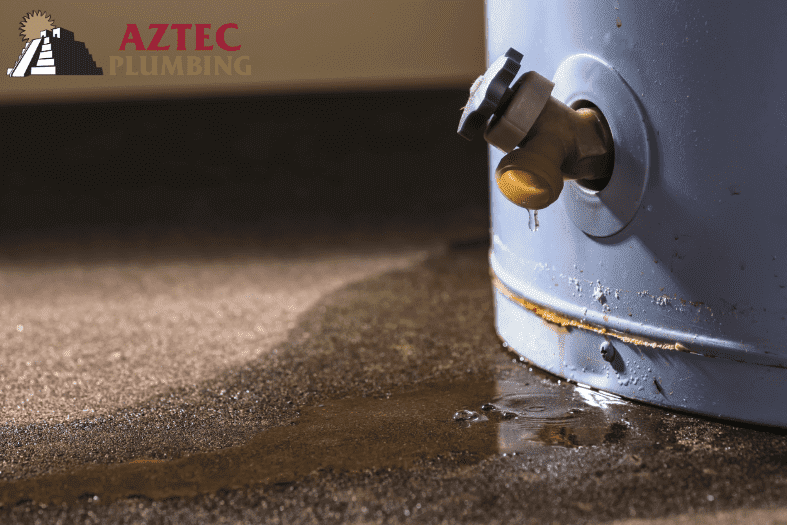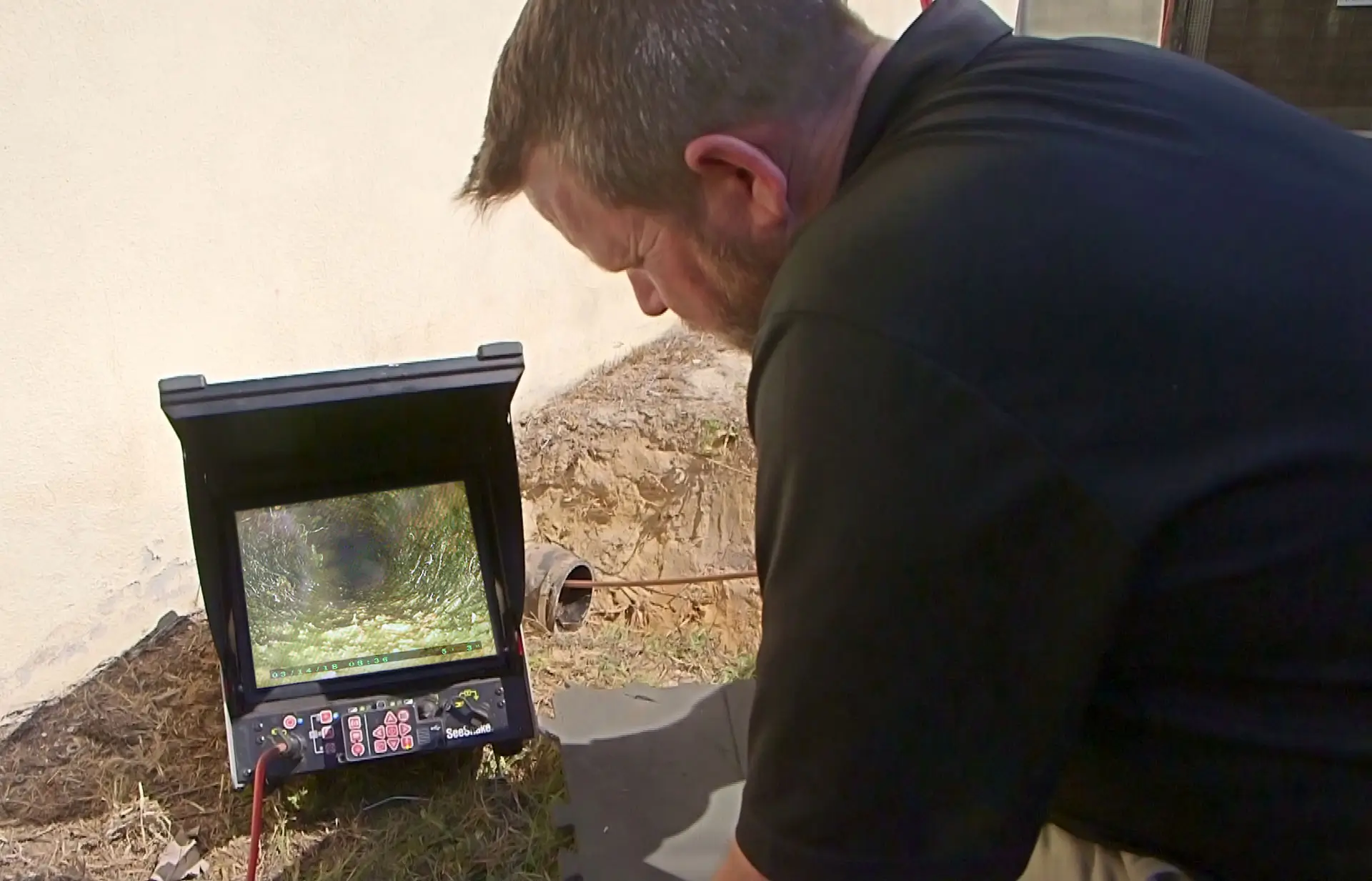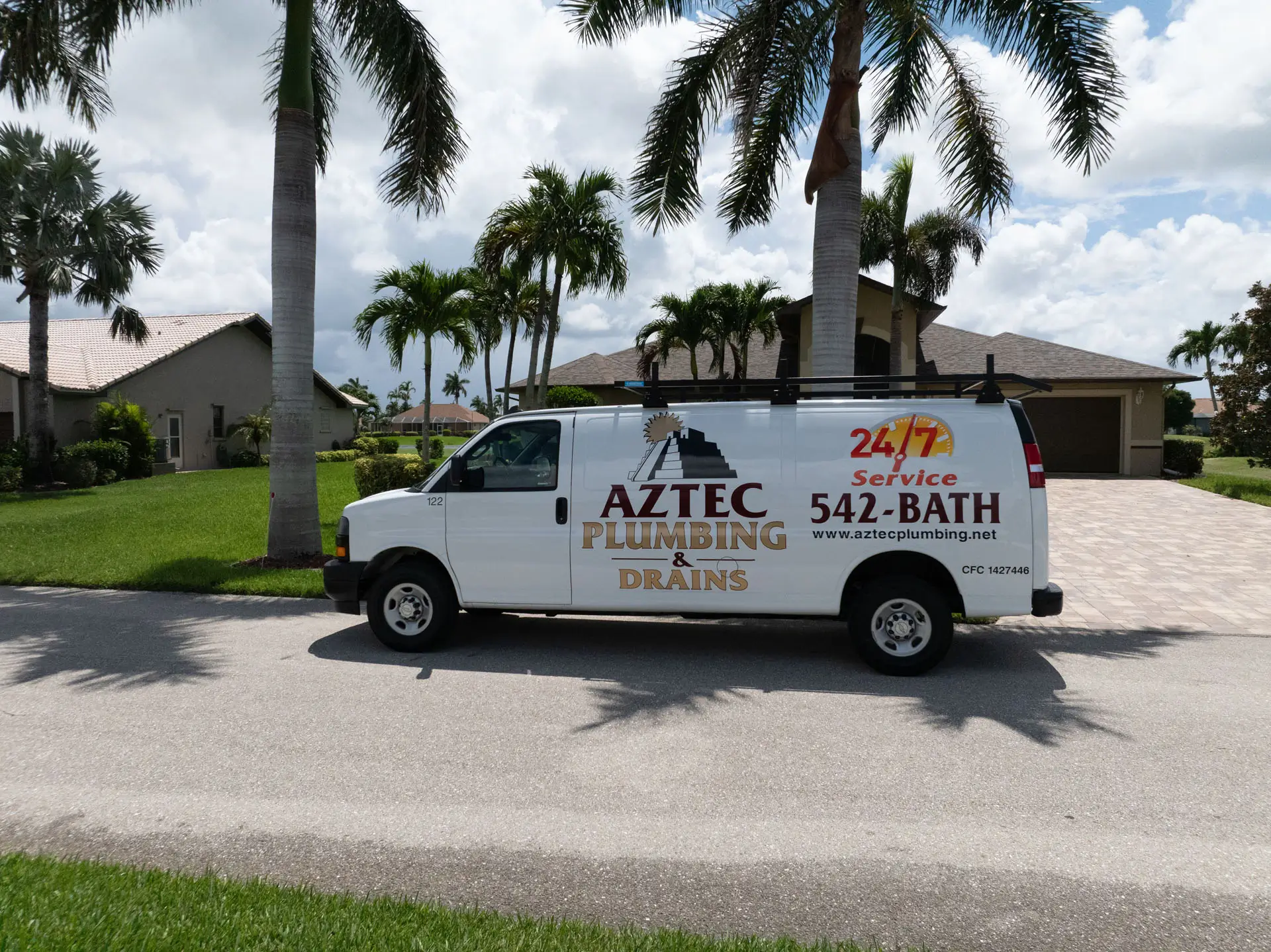Need-to-Know Water Heater Maintenance Tips
Imagine a life without hot water. That’s right, think about taking a shower or bath, cleaning dishes and doing laundry. We all take hot water for granted at times, but life just wouldn’t be as convenient or as comfortable without it.

Now take a moment to think about the last time you performed maintenance on your water heater, or had a professional come in to do so. Can’t remember? Well, you’re not alone. It’s among the most commonly neglected pieces of equipment in your home, but we’re going to guess you’ll really start thinking about it if and when it breaks down.
So, what does water heater maintenance involve? Find out below!
Maintenance Task #1 - Efficiency
First off, there are a few things you can do to make sure your water heater is operating as efficiently as possible. These tasks include adjusting the thermostat to 120°F or lower, keeping the space around the appliance clear and draining sediment and debris from the tank regularly.
When it comes to the temperature setting — there’s really no need to ever have it set above 120°F. In fact, doing so can cause scalding and severe injuries. It will also cause your energy bills to rise without providing you with much in terms of added functionality.
As far as keeping the space around the appliance clear — most models require at least two feet. This allows for proper airflow and exhaust and any items located within a 2-foot radius could hinder its performance.
As water flows through the tank, it drops off sediment and debris that build up over time. In order to get rid of it and keep the system functioning at peak performance, you’ll want to drain the tank a few times per year. All you need to do is attach a hose to the drain valve and run it into a bucket until the water is clear.
Maintenance Task #2 - Functionality
If your water heater doesn’t seem to be working properly, or you simply want to make sure it continues to operate correctly, these are the maintenance tasks you’ll want to tackle.
Make sure the tank is completely full of water before turning the power on to the system.
If you don’t allow the tank to fill with water first, it could cause the upper heating element to burn out which means you’ll have no hot water until it is replaced. Another common problem arises when there is not enough voltage being sent to keep the system running. Check the manufacturer’s instructions for power requirements.
Test the temperature-pressure relief valve by shutting off the power to the unit as well as the cold water inlet. Then put a bucket in place to catch water from the valve. Pull the trip lever and you should see a rush of water vapor and air exit through the valve. If you don’t, you’ll need to drain the tank and replace the valve as it is no longer functioning properly.
Check the anode rod to make sure it still has some life left. You should have the rod replaced if more than six inches of the core steel wire is exposed, the rod is less than ½” thick, or if it’s coated with calcium.
Sure, maintaining your water heater can sound like a lot of work, but there’s no need to stress. That’s what we’re here for! While there are some tasks you can tackle on your own in a few short minutes, other tasks are best left to the pros.
At Aztec Plumbing & Drains, we provide honest, professional advice backed by years of experience. When you’re dealing with a broken water heater, we’ll give you the objective pros and cons of repairing vs. replacing the water heater. If the water heater needs replacing, we’ll explain your options in simple, clear language. Give us a call today at (239) 932-2959.
Learn More in Our Water Heater Series:










